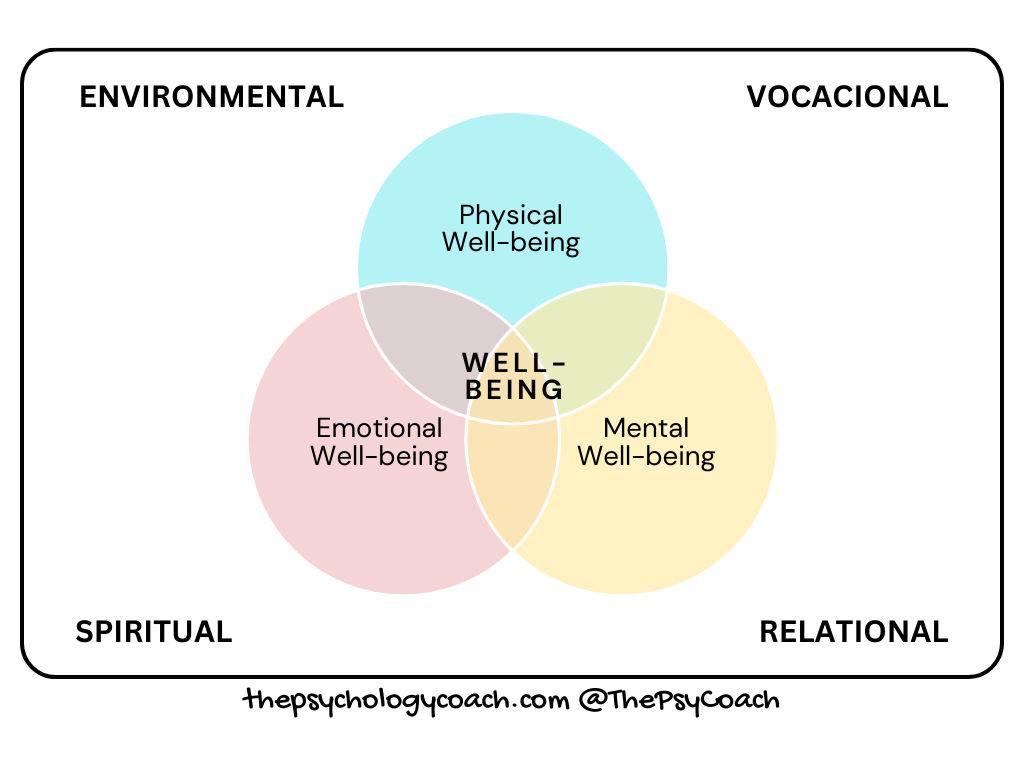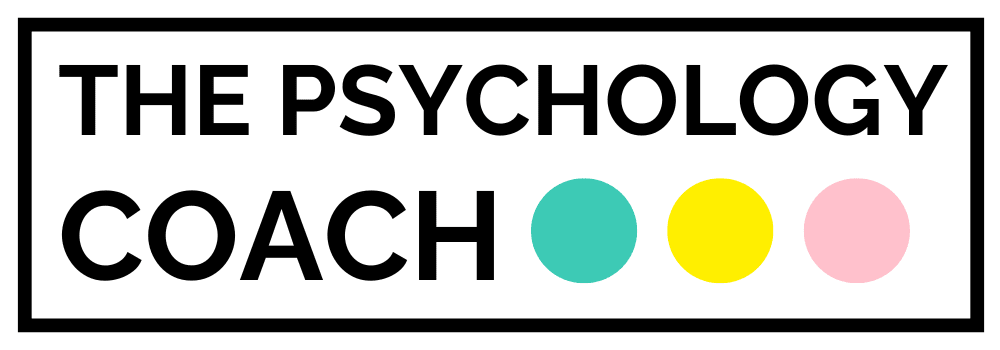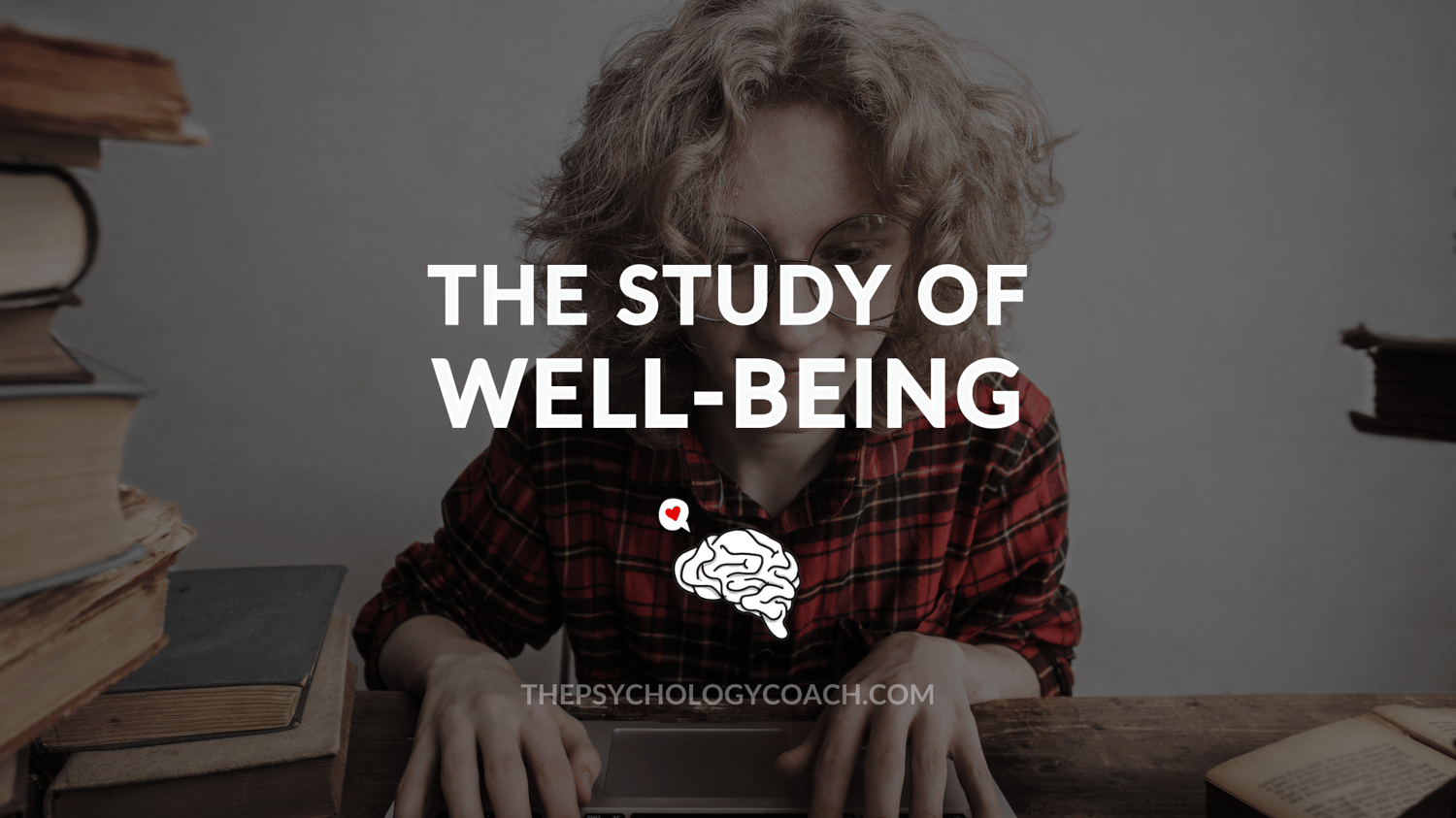To talk about well-being is to talk about several aspects that compose human life. Therefore, it is not surprising we find so many different takes on:
- what well-being is
- how it can be measured
- what outcomes are under its direct or indirect influence
Well-being is a multidimensional concept and an experience involving individual and collective factors. These factors shape how we feel about life and how motivated we are to design a better future for all. This presupposes that:
- life presents us with both material and immaterial challenges
- our path is not disconnected from the collective path
This integrative point of view can help us learn more about the different layers and dimensions of well-being. In the psychological literature, we also find models and theories that help us understand well-being and how to design more efficient interventions.
However, before we get into the most recent research literature, I would like to start with how well-being was perceived in Antiquity.
Aristotle’s Notion of Well-being

Many current models and theories of well-being have been inspired by the work of Aristotle, the Greek philosopher. In Nicomachean Ethics, Aristotle describes well-being as a balanced combination of both eudaimonia and hedonism.
- Eudaimonia refers to what makes life meaningful. This includes activities and attitudes shaping how we see ourselves and the world.
- Hedonism refers to what makes life pleasurable. This includes activities and attitudes related to transitory emotional states.
Aristotle believed well-being resulted from an intricate balance between these two aspects, meaning and pleasure. In this sense:
- a meaningful life without pleasure becomes dull
- a pleasurable life without meaning becomes tiresome
The Good Life According to Martin Seligman

In Authentic Happiness, Seligman sheds light on a tripartite view of what it means to be happy and well. His perspective is strongly influenced by Aristoteles, exploring both hedonism (or pleasure) and eudaimonism (or meaning).
According to Seligman's initial theory, there are three paths to achieving happiness and well-being:
- the pleasant life
- the engaged life
- the meaningful life
The path of a pleasant life motivates us to minimize suffering and focus on what makes us feel good. In an engaged life, we pursue activities that lead us to flow and deep creativity, whereas a meaningful life invites us to satisfy our need for belonging and a sense of purpose.
Seligman believed the ideal was to experience a balance between these three different paths. In other words, we need to feel good, to be engaged, and to have a certain sense of purpose and meaning in life. Research has shown how these three aspects contribute to greater well-being and life satisfaction.
Six Factors of Psychological Well-being

In 1989, Psychology scholar Carol Ryff suggested that 6 factors can influence our psychological well-being. These are self-acceptance, personal growth, purpose, environmental mastery, autonomy, and positive relationships. Here is a brief description of each of these factors:
- Self-acceptance
Positive regard toward oneself and acceptance of one’s past
- Personal growth
The belief that growth and development is an ongoing experience
- Purpose
Sense of meaning and direction in life
- Environmental mastery
Competency to manage situations and external conditions without losing sight of one’s needs and values
- Autonomy
Ability to think and act independently, regardless of external pressure
- Positive Relationships
Capacity to build and nurture trusting connections with others
The P.E.R.M.A. Model

Not fully satisfied with his tripartite model (the pleasant, engaged, and meaningful lives), Martin Seligman proposed a 5-element model of well-being and happiness in a new book called "Flourish". The model has since been known as the PERMA Model and it includes the following factors:
- positive emotions
- engagement
- relationships
- meaning
- accomplishment
This model has been used worldwide and it resembles Ryff's six-factor model of psychological well-being. You can watch Seligman explain his new theory in the video below.
Next, I will explain the framework I have adopted which is also influenced by these two models in particular.
Well-being: Back to Basics

In the framework I work with, there are 7 dimensions: physical, mental, emotional, relational, vocational, environmental and spiritual. Here is a brief introduction to each:
- Physical well-being
includes aspects such as good nutrition, regular exercise, and adequate sleep
- Emotional well-being
involves emotional stability, positive self-esteem, and resilience
- Mental well-being
comprises mental health aspects and overall cognitive functioning, including the capacity to think, learn, remember, and contribute in a positive way
- Relational well-being
deals with relationships, the need for belonging and connectedness
- Vocational well-being
knowing and using individual talents to generate a stable income and be free from poverty
- Environmental well-being
pertains to the relationship one has with the physical environment and it includes aspects such as safety and access to clean air, water, and food
- Spiritual well-being
comprises one's sense of purpose and meaning in life, the experience of being connected to something greater than oneself
Due to the complexity of this model, I often start working with clients on what I call the "Well-being Basics". These include the first three dimensions (physical, emotional, and mental) described above.
I believe these three dimensions are the essential elements we need to then build on all the remaining dimensions - relational, vocational, environmental and spiritual. This is why I'm now working on a three-part book project where I'm outlining some of the most important habits to build physical, emotional, and mental health.
Conclusion
Well-being is a multifaceted concept and complex in nature. I believe we all know what well-being is but when it comes to describing and explaining it, it can be overwhelming. There are so many aspects that influence and contribute to well-being.
The models we find in literature also often either overlap or complement each other, which is both good and bad. To this day, there is not yet agreement on an over-arching model of well-being or even definition. The same can be said for measuring tools of well-being.
To help my clients feel less overwhelmed in their well-being journey, I adopt a 7-dimension model that I split into two categories. The first category has a more individual nature and involves one's physical, emotional, and mental well-being.
The other four dimensions (relational, vocational, environmental, and spiritual) are transpersonal, meaning they go beyond the individual sphere. They can add not just pleasure but also engagement and meaning to someone's life.



Comments ()